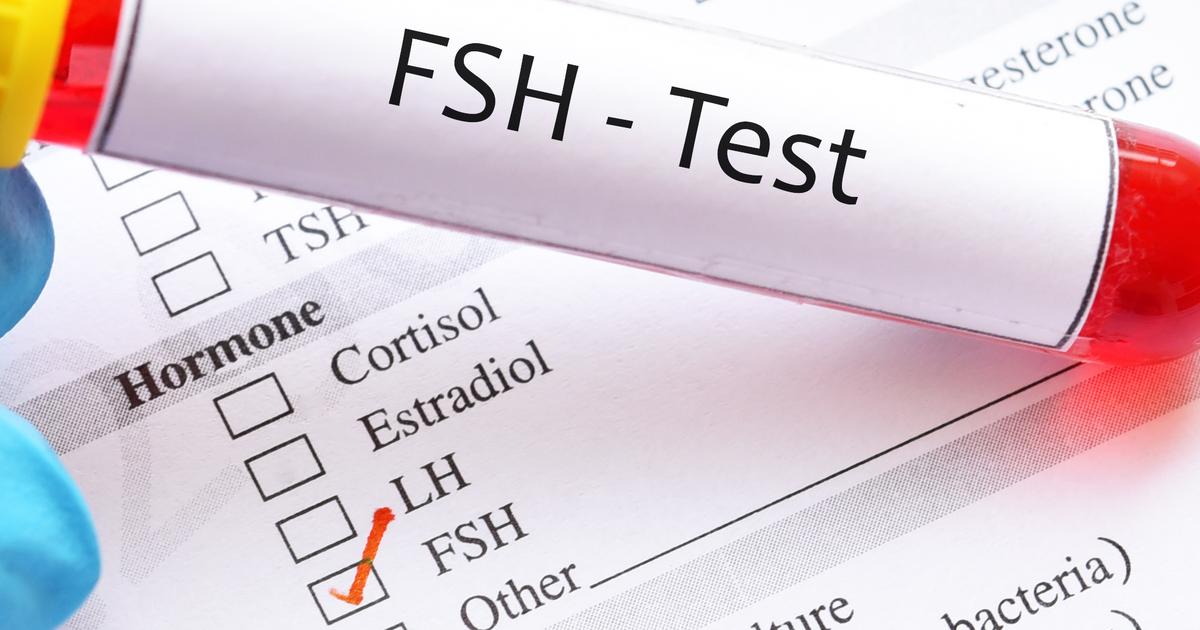How To Diagnose And Treat Klinefelter Syndrome
Klinefelter syndrome is a chromosomal disorder that occurs when a male is born with an additional X chromosome. Klinefelter syndrome is an uncommon genetic disorder, and it can only be diagnosed after laboratory tests are completed to determine if an individual has the disorder. Some males with Klinefelter syndrome have no symptoms or only mild ones, but some have more noticeable symptoms. Men with Klinefelter syndrome tend to have breast enlargement, smaller genitals, lack of facial and bodily hair, very late or unfinished puberty, and abnormal body proportions. Additionally, patients with Klinefelter syndrome may have social, cognitive, behavioral, or other psychological problems. In some cases, there will be more than two X chromosomes per cell, resulting in even more severe symptoms. While it cannot be cured, some things can help manage the disorder.
Get the full details on diagnosing and treating Klinefelter syndrome now.
Hormone Testing

A diagnosis of Klinefelter syndrome can be made with the use of hormone testing on blood. Hormones are chemical substances produced by the body that regulate the functionality of certain organs or cells. A complete evaluation of an individual's hormones includes the plasma concentrations of luteinizing hormone, follicle-stimulating hormone, estradiol, testosterone, insulin-like growth factor-1, and prolactin. Males affected by Klinefelter syndrome between twelve and fourteen years old are more likely to have elevated levels of luteinizing hormone, estradiol, and follicle-stimulating hormone in their plasma. It is also common to see these patients present with low testosterone in their plasma. Abnormal levels of cortisol may be observed in affected individuals because forty-seven percent of those diagnosed with Klinefelter syndrome are also affected by adrenal steroidogenic deficiency. Abnormal Leydig cell function can cause a Klinefelter syndrome patient to present with increased levels of urinary gonadotropins.
Read more about treating Klinefelter syndrome now.